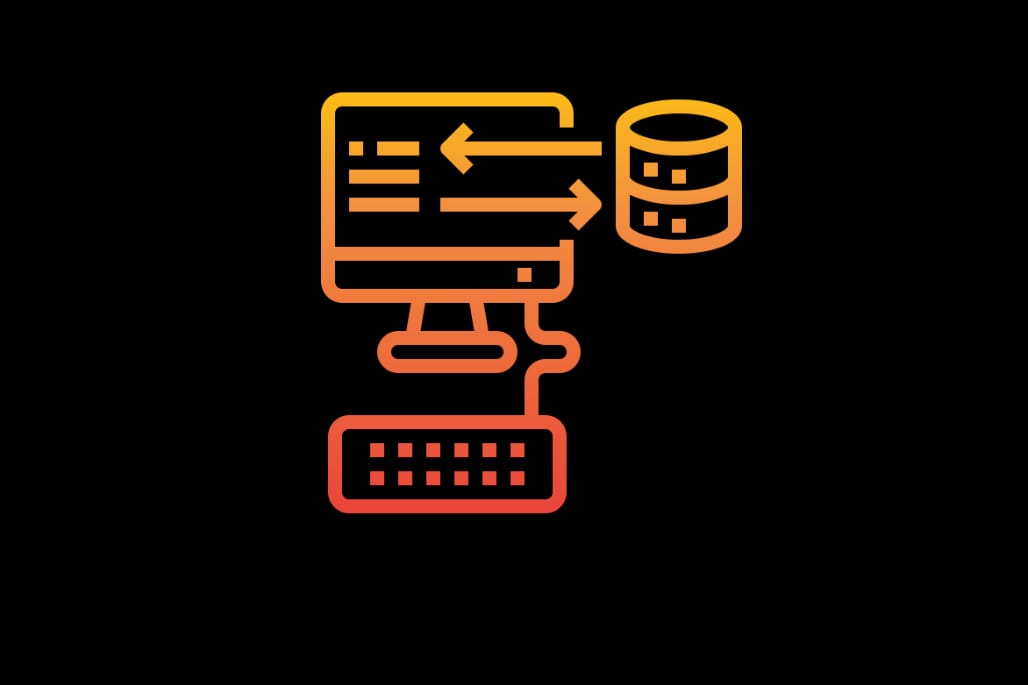React Portals - how to use them to create dialogs in react
React portals provide a way to render children into a DOM node that exists outside the DOM hierarchy of the parent component. This allows for scenarios where the DOM structure of a parent component may not accommodate the desired rendering behavior for certain child components. One common use case for portals is creating dialogs, such as modal dialogs, in React applications.
Understanding React Portals
A React portal is a feature that enables the rendering of a child component at a different position in the DOM hierarchy, ensuring that it still behaves as if it’s a child of the component that rendered it. React Portals are useful for situations where a parent component cannot accommodate the visual rendering of certain components due to CSS constraints or z-index issues.
The API for portals is provided through the ReactDOM.createPortal(child, container) method. The child parameter represents the component to render, while the container parameter specifies the DOM element to render the child component into.
Creating Modal Dialogs with React Portals
To demonstrate the usage of React Portals for creating modal dialogs in React, let’s consider the following example using functional components:
import React, { useState } from 'react';
import ReactDOM from 'react-dom';
const ModalDialog = ({ onClose }) => {
const modalRoot = document.getElementById('modal-root');
const modalContent = (
<div className="modal">
<div className="modal-content">
<button onClick={onClose}>Close</button>
<p>This is a modal dialog using React Portals.</p>
</div>
</div>
);
return ReactDOM.createPortal(modalContent, modalRoot);
};
const App = () => {
const [showModal, setShowModal] = useState(false);
const toggleModal = () => setShowModal(!showModal);
return (
<div>
<button onClick={toggleModal}>Open Modal</button>
{showModal && <ModalDialog onClose={toggleModal} />}
</div>
);
};
export default App;
In this example, we define a ModalDialog component that utilizes ReactDOM.createPortal to render its content into a specified DOM element (modal-root). The App component manages the state for displaying the modal dialog and provides a mechanism to toggle its visibility.



